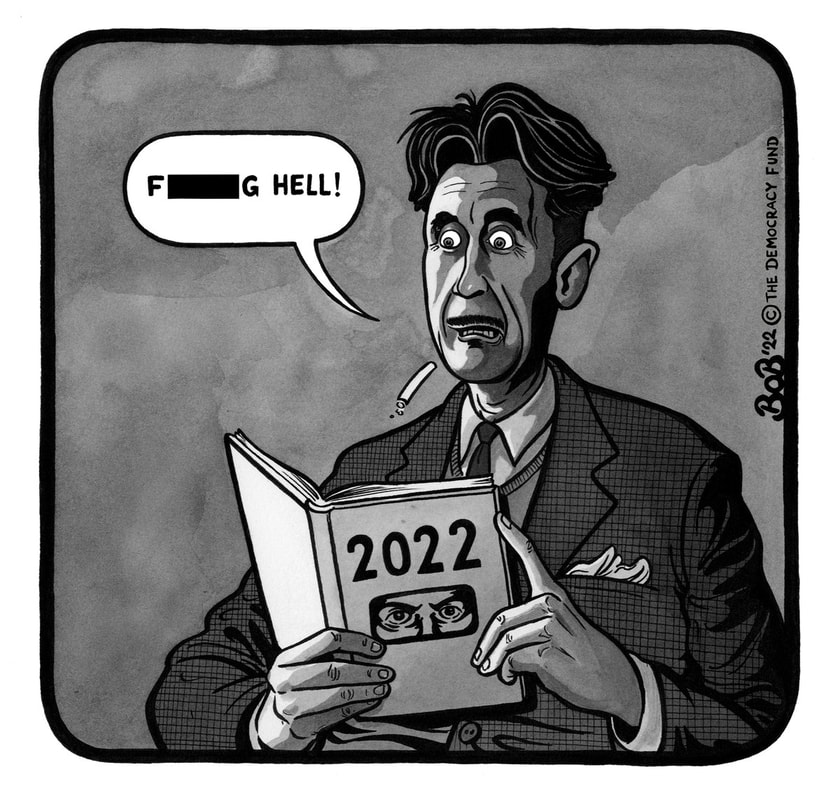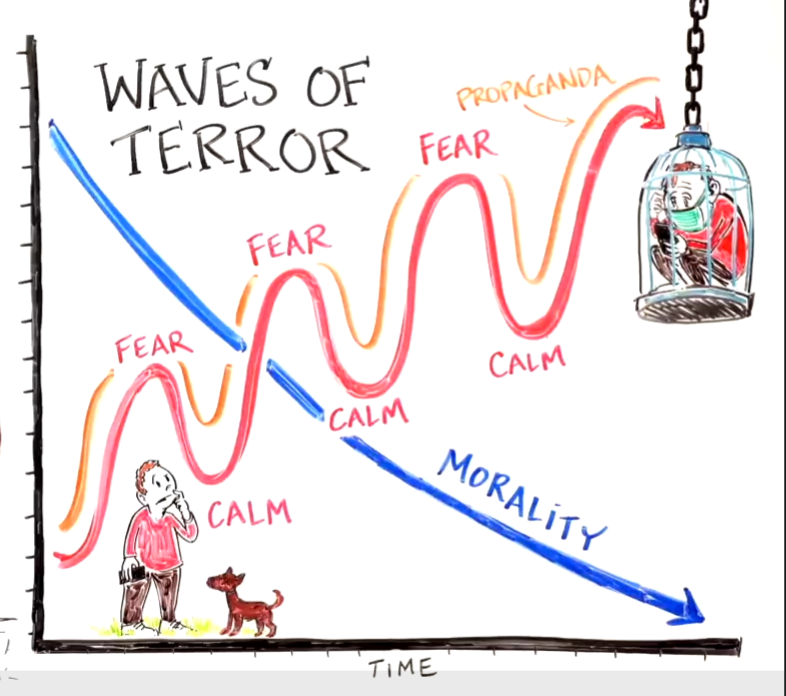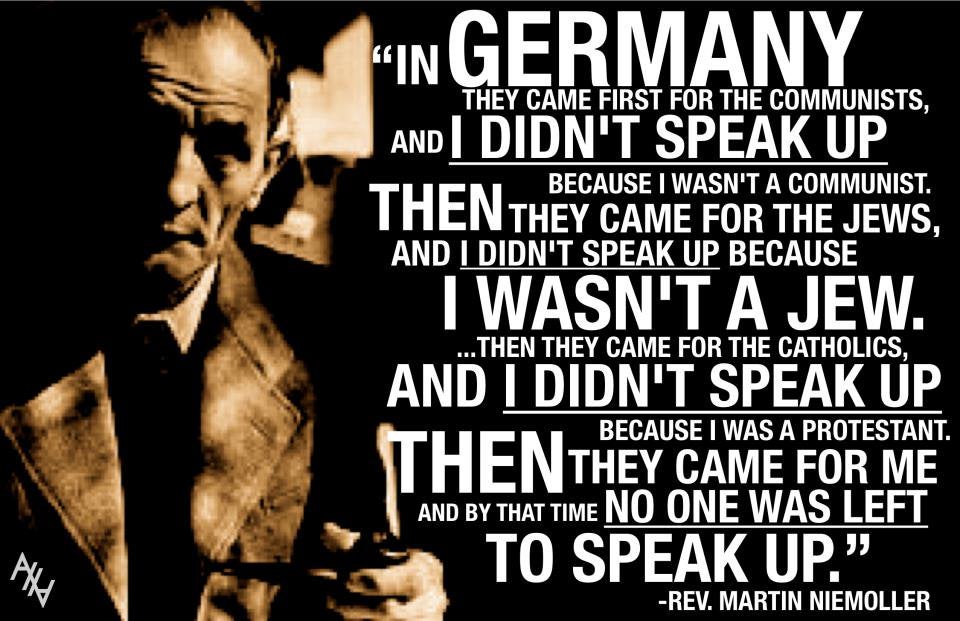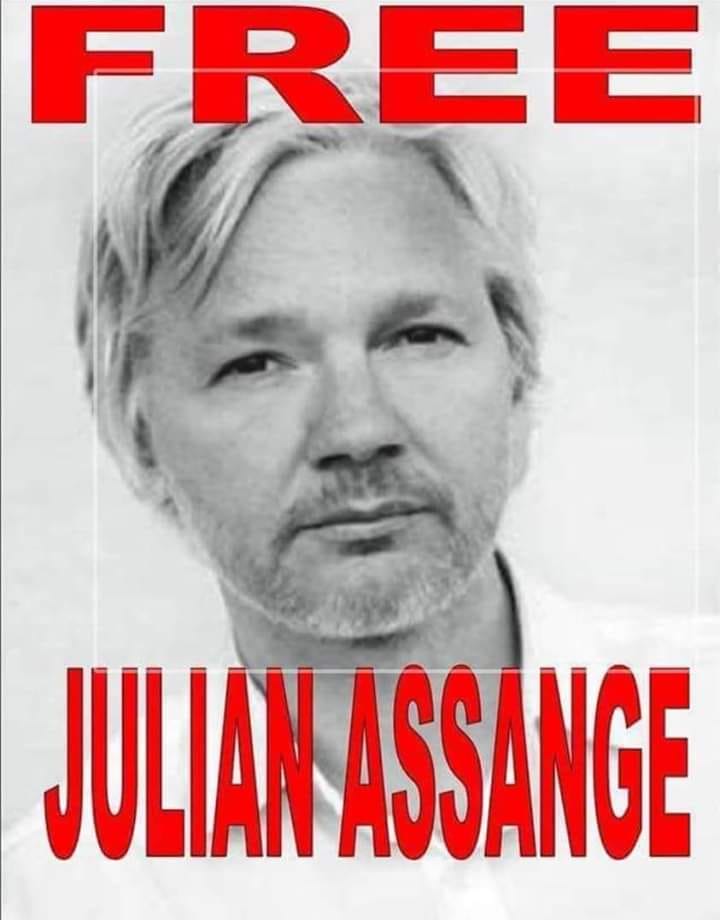|
Emergency powers On the 31 January 1933, Hitler, conscious of his lack of a majority in the Reichstag, immediately called for new elections to try and strengthen his position. The Nazis aimed to increase their share of the vote so that they would have a majority in the Reichstag. This would allow them to rule unopposed and unhindered by coalition governments. Over the next two months, they launched themselves into an intense election campaign. On 27 February 1933, as the campaign moved into its final, frantic days, the Reichstag, the German Parliament building, was set on fire and burnt down. An atmosphere of panic and terror followed the event.This continued when a young Dutch communist, Van der Lubbe was arrested for the crime. The Nazi Party used the atmosphere of panic to their advantage, encouraging anti-communism. Göring declared that the communists had planned a national uprising to overthrow the Weimar Republic. This hysteria helped to turn the public against the communists, one of the Nazis main opponents, and 4000 people were imprisoned. On the 28 February 1933, President Hindenburg signed the Emergency Decree for the Protection of the German People. This decree suspended the democratic aspects of the Weimar Republic and declared a state of emergency. It gave the Nazis a legal basis for the persecution and oppression of any opponents, who were be framed as traitors to the republic. People could be imprisoned for any or no reason. The decree also removed basic personal freedoms, such as the freedom of speech, the right to own property, and the right to trial before imprisonment. Through these aspects the Nazis suppressed any opposition to their power and were able to start the road from democracy to a dictatorship. The atmosphere of uncertainty following the Reichstag Fire secured many voters for the Nazi party. The SA also ran a violent campaign of terror against any and all opponents of the Nazi regime. Many were terrified of voting of at all, and many turned to voting for the Nazi Party out of fear for their own safety. The elections were neither free or fair. On the 5 March 1933, the elections took place, with an extremely high turnout of 89%. The Nazis secured 43.9% of the vote, an improvement of almost 10% on the previous November’s election. Despite this improvement, the Nazis still did not command a majority in the Reichstag. The Enabling Law On the 23 March 1933, Hitler proposed the Enabling Law to the Reichstag. This new law gave Hitler the power to rule by decree rather than passing laws through the Reichstag and the president. If passed, the law would establish the conditions needed for dictatorial rule. The atmosphere of terror that had followed the Reichstag Fire, and Hindenburg’s and von Papen’s support, made the proposal seem legitimate and to some necessary. The law needed two thirds of the Reichstag to vote for it to pass. The Nazi’s had the support of the DNVP, and had banned the communist party, the KPD, from attending. The SA and the SS had also been on a month long campaign of violence to scare or imprison other opponents to the party. They had placed many in the first concentration camp , Dachau , which opened just a few days before the vote on the 20 March 1933. The Centre Party’s vote was crucial. After Hitler had promised to protect the interests of the Catholic Church, the party conceded and supported the bill. Only the SPD opposed it. The Bill passed by 444 votes for to 94 against on the 24 March 1933. Although President Hindenburg and the Reichstag continued to exist, Hitler could now govern by decree.
0 Comments
Leave a Reply. |
facebook
Je suis vivant /2Learn4Life Archives
July 2023
Images subject to creative commons or fair use provisions. All copyrights belong to the original owners !
Categories |






 RSS Feed
RSS Feed